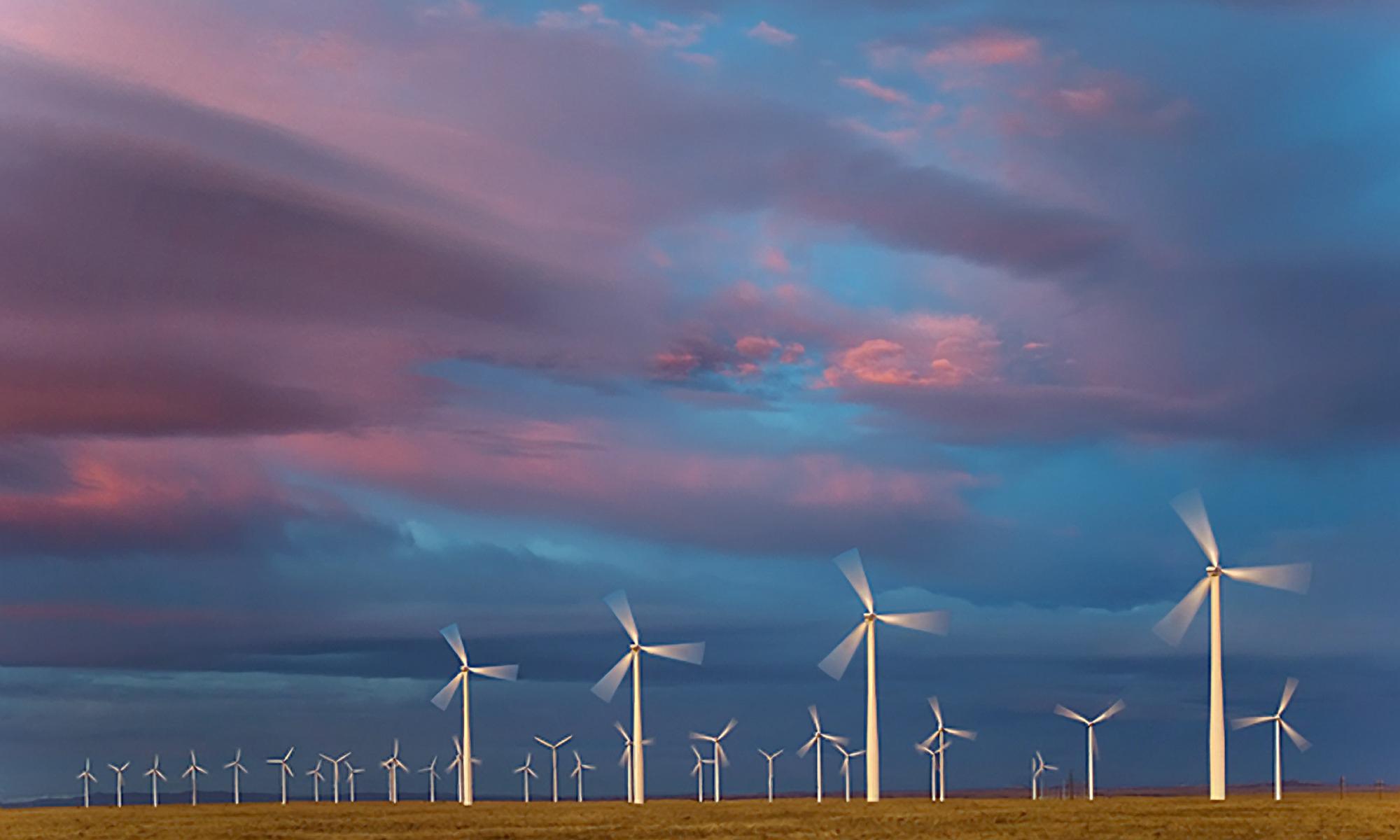Power Purchase Agreement Basics
What is a Power Purchase Agreement and How Does it Work?
While there are a number of variations of Power Purchase Agreements (PPAs), essentially it is a financial model in which an entity seeking to purchase renewable electricity signs a multi-year contract with a third party who develops, builds, and maintains a renewable energy generating systems either on the purchaser’s property or on an unaffiliated site. In most cases, the 3rd party takes care of all the upfront capital costs, including efforts to monetize any available incentives, while the purchaser pays only a fixed rate for each kilowatt of electricity generated over the length of the contract, typically ranging between 6 and 30 years. Using this model allows an organization to benefit from the energy generated by a renewable energy system while avoiding upfront and system maintenance costs. Other entities such as the installer, investors, and utility may also be involved in the process and implementation of the PPA.
When to Use a PPA?
The Power Purchase Agreement is particularly advantageous under these scenarios:
When an interested renewable energy buyer wants avoid or reduce upfront capital investments
When the buyer, either a utility or an end-user, seeks to reduce their risk and exposure by securing a fixed price for some or all of their future electricity expenditures
When a renewable energy project developer needs a guaranteed buyer for some portion of their electricity to secure financing
When a buyer wants to ensure that the electricity they are purchasing comes from or can be claimed toward meeting institutional emission reduction or renewable energy use goal


